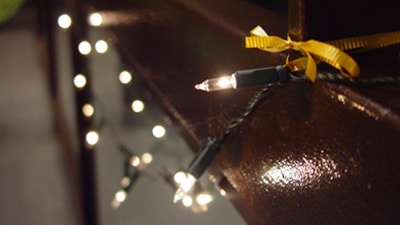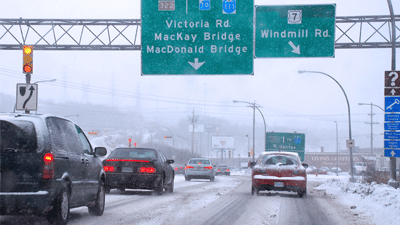Christmas Lights Safety
Holiday season is upon us now and it is time to decorate the house. Stringing lights can be hazardous so before you light up your house take a few minutes to go through a quick safety checklist.
- Double check that your lights are designed for outdoor use as not all lights can handle the outside temperatures. Indoor lights have less insulation resulting in a greater likeliness of them cracking when exposed to the cold.
- Check your lights for exposed wires, broken sockets, loose connections or frayed ends.
- Don’t use nails, screws or anything that can pierce the cord to mount the lights
- If you are using an extension cord occasionally check the cord for overheating. If it’s too hot – unplug it.
- Elevate the connection point of the extension cord to keep water and snow out of the connections.
- Tape down any ground level cords to avoid people tripping over them.
- Turn the lights off when you leave the house or go to bed.
- Replace burnt out bulbs as soon as possible. Make sure that the wattage of the new bulbs is the same as the wattage of the old.
- Make sure the lights are well secured to prevent damage from wind.
- Be careful with ladders. We have an online Ladder Safety course to ensure your safety.
- Do not hang the lights by yourself to avoid injury or have someone to call for help if an accident happens.
- Make sure the lights are kept out of the reach of kids and pets cannot reach the lights.
- Don’t bunch up Christmas lights together as the heat can melt the insulation and expose wires.
- Seal your lights well when putting them back into storage to ensure they’re kept safe from water and rodents’ teeth.
- Utilize lights with fused plugs. They do not spark in the case of a short circuit.
For more safety information on avoiding dangerous situations that occur during winter holiday season purchase our online Winter Safety course. In the course we will cover using string lights, fires, using candles, dressing for cold weather, working in the cold and so on.



